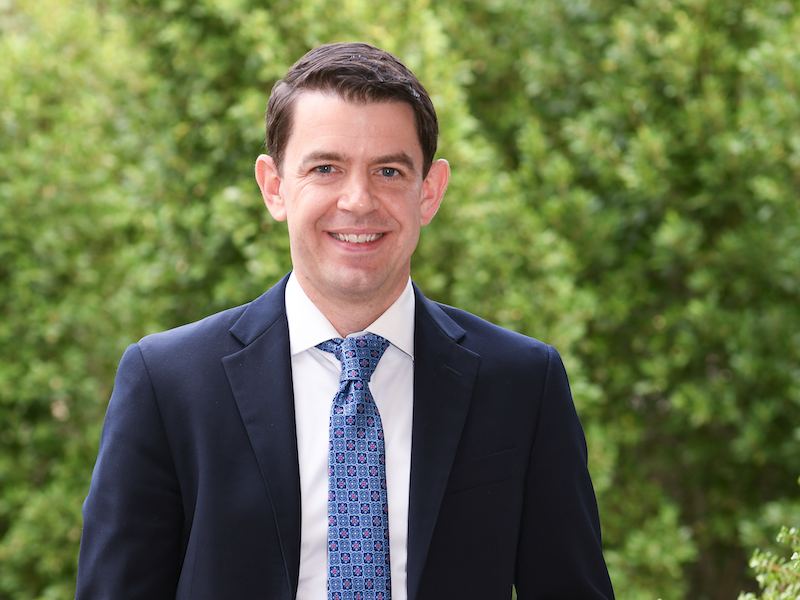
Four major misconceptions about fixed income impact investing have taken root in the minds of many institutional investors, according to Matt Lawton, fixed income portfolio manager of global impact credit strategy at T. Rowe Price, during a session at the Canadian Investment Review‘s 2022 Investment Innovation Conference.
The first, he noted, is that investors can’t make an impact in public markets. “I appreciate that impact investing has its roots in private markets and that there are innumberable examples of finding impact assets and ideas through private markets.”
Despite this, Lawton said he believes impact investing in public markets isn’t just worthwhile but necessary. In order for the world to achieve the 17 United Nations’ sustainable development goals by 2030, the intergovernmental body estimates it will need to make between US$5 trillion and US$7 trillion in investments per year. “That simply cannot be achieved or raised through private markets alone. It’s going to take entire sectors to transition.”
Read: A look at two pension plan sponsors’ experiences with impact investing
Within fixed income portfolios, he suggested fund managers identify and screen bonds for clearly defined, material and measurable impact opportunities. He also recommended that institutional investorss and directly engage with public market bond issuers to monitor and accelerate progress towards intended impact outcomes.
The second myth identified by Lawton was that only green bonds offer public institutional investors a way to make a positive impact. “If you focus on public fixed income impact, some might say, ‘I should just buy green bonds because they are easily accessible through the public market.”
He doesn’t agree with this perspective. For one thing, he said he believes green and other similar ESG-labelled corporate bonds aren’t always impactful.“They certainly can be, but many are lacking in ambition and credibility. Just because they have a label doesn’t ensure impact. Moreover, the reality is that there is a large universe of non-labelled bonds that offer compelling impact potential, including emerging market banks focused on microfinance as well as not-for-profit pediatric hospitals.”
For another, Lawton noted he doesn’t believe there’s enough breadth in the green bond market to provide enough diversity for most institutional investors since about 70 per cent are issued by the financial or utility sectors.
Read: Turning theory into action in impact investing
“It’s really hard to build a diversified portfolio when you have such high sector concentration. By extension, a portfolio that’s disproportionately weighted towards financials carries higher systemic risk, which may be an unintended consequence. . . . I think any impact investor that limits itself to green bonds is going to deliver sub-optimal outcomes, from both an impact as well as an alpha perspective.”
As a direct result of the second misconception, Lawton said many institutional investors have come to believe the third: that achieving impact requires an overhaul of the portfolio construction process. “Most of the steps involved in creating a mainstream credit portfolio and an impact one are identical — I know because I’ve worked on both. The only difference is that impact analysis screen that occurs upfront. . . . Once you’ve defined the investment universe through the impact filter, then you’re simply carrying out the traditional portfolio management investment process, incorporating both top-down and bottom-up considerations.”
The last frequently held misconception is the view that impact portfolios necessarily approaches carry elevated tracking error relative to traditional strategies, he said. “If you look at the performance of certain sustainable and impact equity strategies, returns have been quite volatile relative to a broad base benchmark.”
Lawton noted he understands why this myth has taken root. In the past year, strategies using an impact approach have seen more volatility than their mainstream peers. However, within the fixed income market, the causes of portfolio volatility are less related to the specific impact attributes, he added.
“The larger drivers of relative returns in an [impact portfolio versus an agnostic one] are factors such as duration, currency and beta. . . . All of those matter a lot for relative returns — and none of those are directly linked to impact.”
Read more coverage of the 2022 Investment Innovation Conference.
